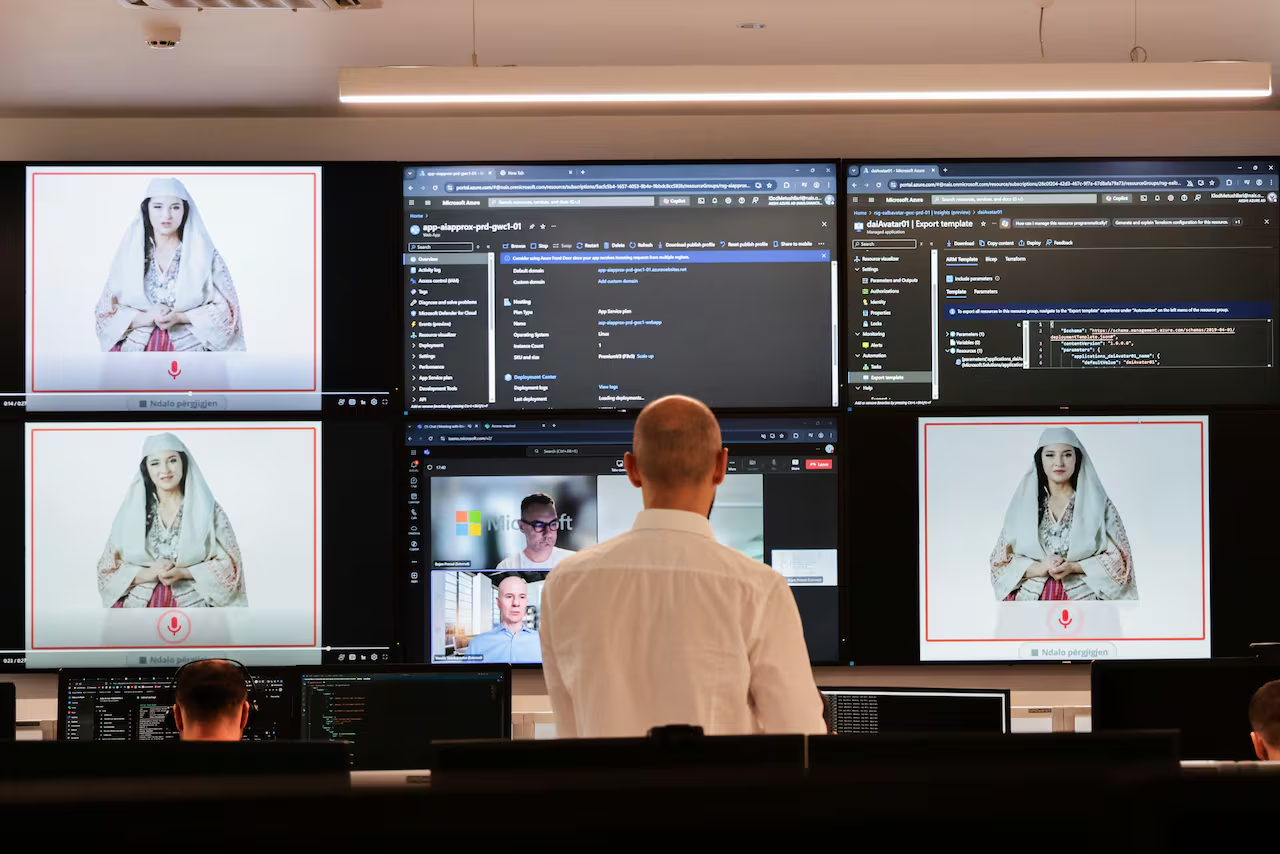Heartbeat analysis helps unmask deepfakes
Researchers from NFI and UvA present an innovative method to detect deepfakes by analyzing subtle facial color changes that follow the rhythm of the heartbeat.
At the European Academy of Forensic Science conference in Dublin, forensic researcher Zeno Geradts (Netherlands Forensic Institute and professor at the University of Amsterdam) and his team presented a new method to detect deepfakes: identifying heartbeats through facial video analysis.
The technique uses subtle color variations in 79 facial zones—such as under the eyes, on the forehead, and near the jaw—caused by blood flow. These vasodilation patterns are detectable in real footage but are usually missing in AI-generated deepfakes.
The method was developed by Paula Pronk (NFI) and refined by intern Sanne de Wit (TU Eindhoven/UvA), who compared visual signals in videos to heartbeat data from smartwatches and clinical sensors, under various lighting and motion conditions.
The idea builds on MIT research from 2012, which demonstrated that facial PPG (photoplethysmography) could extract pulse rates from video. At the time, video compression was too coarse, but modern codecs now preserve these signals well enough.
The NFI sees this method as a valuable complement to existing forensic tools such as flicker analysis (ENF), camera fingerprinting (PRNU), and manual visual inspection of eye blinking or light inconsistencies. According to Geradts, this type of blood flow detection is not yet in use in forensic practice but shows great promise—especially in legal cases where video authenticity is disputed.
Read the full article on the Netherlands Forensic Institute website.
Vergelijkbaar >
Similar news items

September 23
Albania’s AI minister Diella: innovation, symbolism, and the risks in between
read more >

September 22
CWI supports UN with AI to filter sensitive data from crisis platform
read more >

September 18
€3.8 million for AI research on accessibility in Dutch cities
read more >